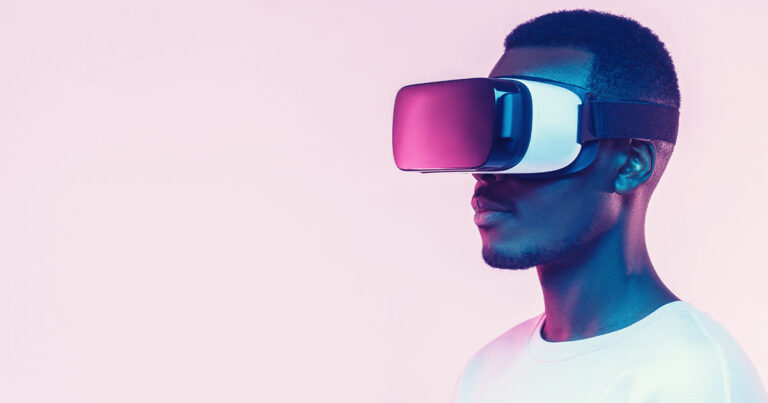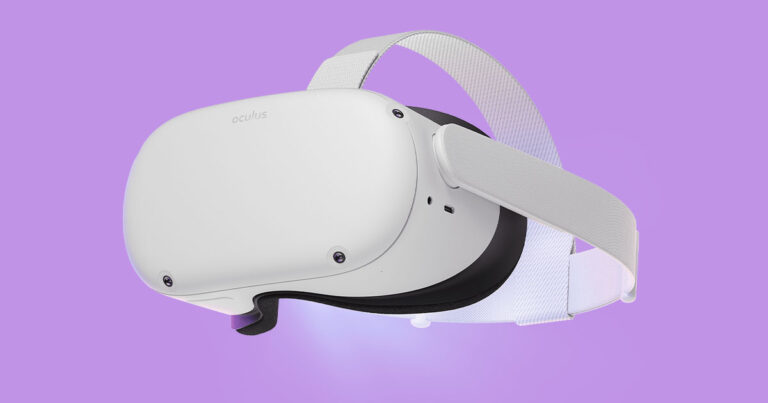Optus Mobile Review ALDI Mobile Review Amaysim Mobile Review Belong Mobile Review Circles.Life Review Vodafone Mobile Review Woolworths Mobile Review Felix Mobile Review Best iPhone Plans Best Family Mobile Plans Best Budget Smartphones Best Prepaid Plans Best SIM-Only Plans Best Plans For Kids And Teens Best Cheap Mobile Plans Telstra vs Optus Mobile Optus NBN Review Belong NBN Review Vodafone NBN Review Superloop NBN Review Aussie BB NBN Review iiNet NBN Review MyRepublic NBN Review TPG NBN Review Best NBN Satellite Plans Best NBN Alternatives Best NBN Providers Best Home Wireless Plans What is a Good NBN Speed? Test NBN Speed How to speed up your internet Optus vs Telstra Broadband ExpressVPN Review CyberGhost VPN Review NordVPN Review PureVPN Review Norton Secure VPN Review IPVanish VPN Review Windscribe VPN Review Hotspot Shield VPN Review Best cheap VPN services Best VPN for streaming Best VPNs for gaming What is a VPN? VPNs for ad-blocking While analyst speculation has previously suggested that a wallet-wrecking price-tag for Apple’s next big thing is far from off the table, Bloomberg’s Mark Gurman has this week claimed that Apple is now discussing an initial price-point of more than US$2,000. Assuming this figure is accurate, that would put the price of Apple’s unnamed headset at not only well above almost everything else the company sells - bar some of its more expensive MacOS-powered PCs. However, once you factor in other costs like retail margins, the actual Australian price-tag for the headset would likely sit closer to AU$3,000 or more. In his latest Power Up newsletter, Gurman said that this hypothetical price would fit with Apple’s long-running pattern of putting premium prices on its most coveted gadgets. “The new headset won’t be an exception,” he said. Apple’s willingness to charge consumers more is one of the main reasons why the company tends to walk away with a disproportionately larger slice of the profits generated by the global smartphone industry than many rivals. Research released by Counterpoint back in October 2021 found that while Apple only accounted for 13 per cent of handsets sold across the second quarter of 2021, the iPhone made up a far greater share of the profits. Even though Apple shipped less than a quarter of total handsets during this period, the tech titan accounted for around 40 percent of industry revenues and 75 percent of overall profits. “My belief is that the chip inside the Apple headset will be on par with the M1 Pro, making it better than the M1,” Gurman said. Apple debuted the M1 Pro in 2021, with the processor only available inside the most recent version of the company’s MacBook Pro laptop. While there isn’t a huge difference between the CPU speeds offered by the M1 and M1 Pro, Gurman noted that the M1 Pro’s additional graphics cores may prove critical for the performance needs of Apple’s first AR headset. Apple is said to have been working towards launching a product in the AR space for several years now, with the final product expected to be powered by a new “rOS” operating system. Analysts, leakers and other experts have predicted that this effort to enter the niche would combine the simplistic accessibility and mass market appeal of the iPhone, the immersive virtual reality (VR) experiences of Meta’s Quest headsets and the enhanced productivity offered by Microsoft’s HoloLens headset. “The company has been developing the device since around 2015 and is counting on it to be the first of many headsets that could eventually replace the iPhone a decade from now,” Gurman said. Although the due-date for the company’s initial entry in the AR and VR arena is said to have since shifted to 2023, Gurman is confident that this headset will only be a precursor to the more ambitious and affordable products that come after it. “By rolling out the more niche device first, it can educate consumers on the technologies, build an app ecosystem and prepare suppliers for future products,” he said.

